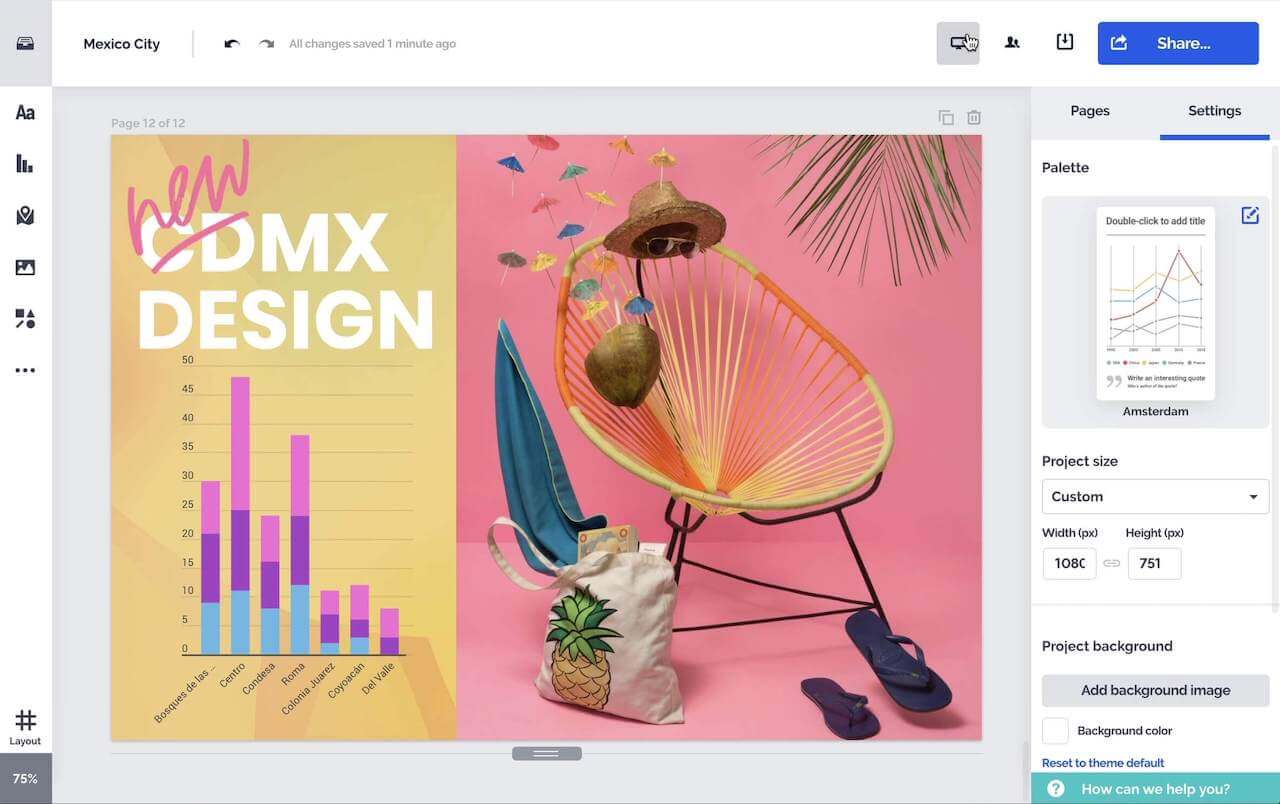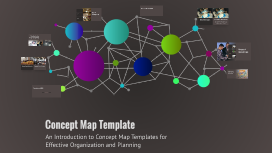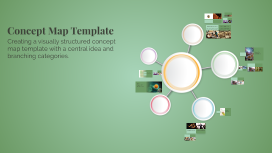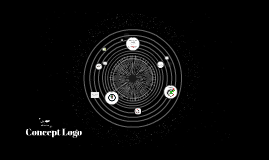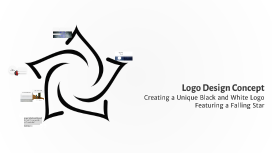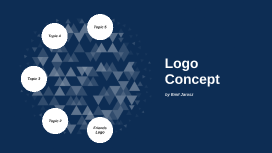Concept Map Template
Transcript: The Power of Concept Mapping Concept maps are vital tools for organizing and visualizing complex information. They facilitate understanding by illustrating relationships between ideas, making them ideal for study, brainstorming, and project planning. Key Insights of Subtopic C3 Practical Applications of Subtopic C3 Subtopic C3 focuses on the intricate details that contribute significantly to the understanding of the overall concept, showcasing how various elements interconnect and influence each other. This subtopic also provides practical applications and implications, illustrating its relevance in real-world scenarios and how it can be leveraged for greater comprehension. Consequences of Lack of Context Essential Context for Comprehension In contrast, the absence of this context could lead to a superficial understanding of the main theme, highlighting the necessity of exploring Subtopic C2 to grasp the full scope of the subject matter. Subtopic C2 offers critical details that enrich the comprehension of the main theme, ensuring that all aspects are thoroughly considered. This branch emphasizes the nuances and complexities that contribute to a more comprehensive overview. Key Features of Subtopic C1 Influence of Subtopic C1 on Main Theme Subtopic C1 examines a crucial aspect that is directly linked to the main theme, emphasizing its role and significance within the broader context. This subtopic not only highlights key features but also illustrates how they influence the understanding and application of the main theme. Concept Map Template Creating a visually structured concept map template with a central idea and branching categories. Vital Component of the Main Theme Branch 3: Subtopic C Subtopic C is an integral part of the main theme, providing essential context and insights that connect various elements together. It serves as a foundation for further exploration of related ideas. Key Insights of Subtopic B3 Additional Context of Subtopic B3 Subtopic B3 provides critical details that deepen the comprehension of the main theme, focusing on its impact and relevance in practical applications or real-world scenarios. In contrast, the additional context surrounding Subtopic B3 offers broader perspectives that enhance the understanding of the theme, including historical background or comparative analysis. Detailed Analysis of Subtopic B2 Overview of Subtopic B2 In contrast, this part delves into a detailed analysis of Subtopic B2, examining specific aspects, implications, and examples. This deeper exploration allows for a more comprehensive understanding of how Subtopic B2 contributes to the overall theme. This section provides a broad overview of Subtopic B2, highlighting its significance and relevance to the main theme. It serves as an entry point for understanding the core concepts related to this subtopic. Focus on Core Characteristics Alternative Perspectives Subtopic A1 delves into a crucial aspect of the main theme, examining its characteristics and significance. This exploration provides a deeper understanding of how it interrelates with other components of the theme. On the other hand, the contrasting view of Subtopic A1 emphasizes alternative aspects that may influence the interpretation of the main theme, highlighting its complexity and multifaceted nature. Key Component of Main Theme Subtopic A is a crucial element of the main theme, providing foundational insights that support further discussion. Branch 1: Subtopic A Branches Out to Three Subtopics This branch leads to three additional subtopics, each contributing unique perspectives and details essential for a holistic understanding. Key Feature of Subtopic B1 General Overview of Subtopic B Subtopic B1 focuses on a specific feature that plays a crucial role in supporting the main theme. This feature provides targeted insights and exemplifies how it contributes to the overall understanding of the concept. In contrast, the general overview of Subtopic B encompasses broader elements and contexts that surround the main theme. It offers a wider lens through which to understand the various aspects related to this subtopic. Visual Representation of the Main Theme The concept map illustrates the main theme at its center, symbolizing the foundation upon which various subtopics branch out, facilitating deeper exploration and understanding. Essential Element of Main Theme Branch 2: Subtopic B Subtopic B is crucial for a deeper understanding of the main theme and connects with various aspects in a meaningful way. It serves as a bridge to explore further details and insights relevant to the central idea. Complementary Details Alternative Perspective This subtopic also provides detailed information that complements the main theme, presenting relevant data and examples that enrich the overall discussion. Subtopic A2 offers an alternative viewpoint that is critical for a nuanced understanding of the main theme, allowing for an exploration of different





